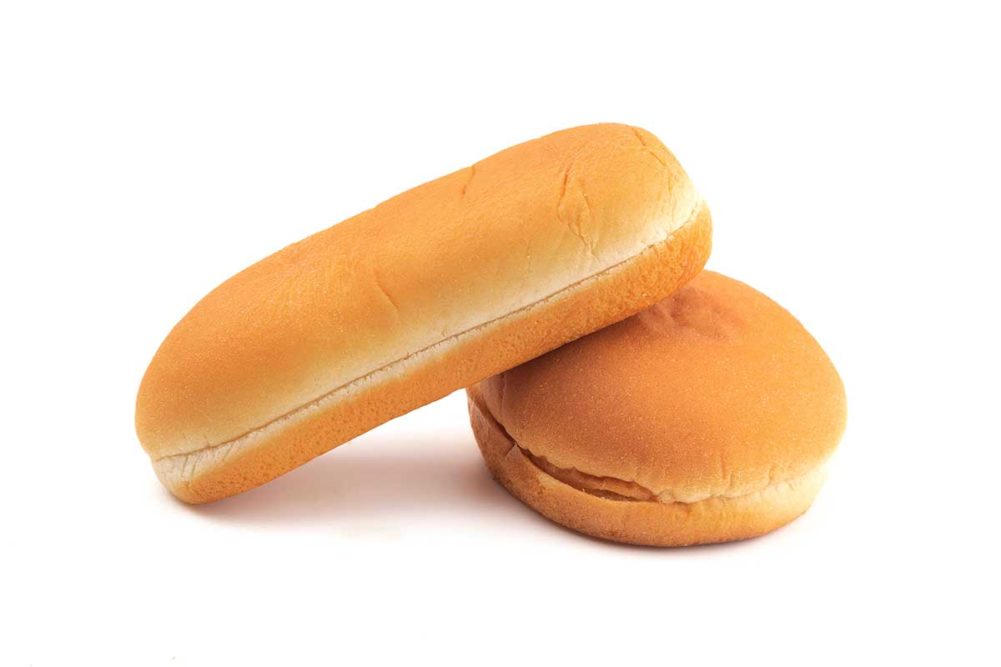With ingredient costs high, bakers are always looking to get the most out of their ingredients. Optimizing emulsifier functionality will help these ingredients go farther and prevent bakers from unnecessarily wasting them while ensuring product quality. First things first, bakers need to ensure that the operators on the floor are measuring them precisely.
“If other ingredients in the mix provide similar functionality, then adding more emulsifiers could increase the odds of overdosing the dough or batter,” explained Cam Suarez-Bitar, director of marketing and public relations, Pak Group NA. “A dough or batter overdosed with emulsifiers would yield too much volume and a collapsed final product.”
Pre-formulated dough improvers where emulsifiers are already scaled properly can reduce the impact of human error and make it easier for operators to add these micro ingredients to the mixing bowl.
At the mixer, these ingredients must also be dispersed evenly throughout the dough. Otherwise, bakers risk the chance of not maximizing their performance. Micro ingredients often have an outsized impact on finished product quality compared to their usage rate, and emulsifiers are no exception, so it’s critical that they are not only measured precisely but also evenly dispersed. Even dispersion also ensures the emulsifier is hydrated well.
“The most common issue is that emulsifiers must be dispersed and hydrated in order to function well,” said Troy Boutte, PhD, vice president of innovation, AB Mauri North America. “This is one reason why there are so many forms available. Bakers sometimes will add an emulsifier to a cold dough or batter where it will have little chance to disperse and hydrate.”
Tim Cotrell, North America director of business development for emulsifiers, texturants and acacia, Kerry, provided the example of cake emulsifiers. If they aren’t melted into the oil phase then bakers need to use hydrated or spray dried cake emulsifier systems to ensure the emulsifiers disperse adequately in a cake batter mix.
“Compared with bread doughs, cake batters get far less shear during mixing, and standard emulsifiers just will not disperse adequately to comingle with the cake batter ingredients,” he said.
Kerry’s Myvalite specialty cake emulsifier, he said, may appear at first to be a diluted emulsifier. However, once the particles come in contact with water, they swell as the water activates the emulsifier.
“The emulsifier then stabilizes the batter during mixing and throughout the baking process to create the best volume and eating quality of the finished cake," Mr. Cotrell said.
Bakers should consider their ingredient storage when choosing between liquid and powdered forms, as Dr. Boutte warned that hot or humid conditions can cause powders to clump and result in a loss of some functionality. Regardless of what form bakers choose, the mixing bowl holds the most opportunity for bakers to optimize emulsifiers.
“With both liquid and powdered options, bakers need to choose the right physical state for their applications, then incorporate the ingredient into the formula at the right time, heat it to the appropriate temperature and use proper mixing processes,” said Dave Lindhorst, technical services manager, Cargill. “A misstep here means the ingredient won’t achieve its optimum potential, but the specifics can vary depending on the product.”
Bakers should also consider how the emulsifier will respond to the rest of the formulation.
“Ensuring optimal usage of emulsifiers involves understanding not just the function of each emulsifier but also their interactions,” explained Mark Zielonka, national R&D product specialist, BreadPartners. “For instance, some emulsifiers may function differently in the presence of others, thereby influencing the overall dough quality. It’s crucial to balance the formula, considering all the ingredients in the dough.”
He also recommended that sometimes bakers should expect to use more than one ingredient for an emulsifying system.
“One common pitfall is expecting a single emulsifier to solve all issues related to dough stability, texture and shelf life,” he said. “The reality is, emulsifiers can offer better performance when used in combination with other functional ingredients like enzymes, oxidizing agents and reducing agents.”
John Nedderson, principal designer for bakery and fats and oils group, IFF, however, cautioned against stacking emulsifiers that provide the same functionality when creating an emulsifying system.
“For example, it’s probably not necessary to use two dough strengtheners like DATEM and SSL at the same time,” he said.
By balancing emulsifiers with other ingredients and taking into consideration the rest of a dough formulation, bakers can enhance the performance of their emulsifiers.
This article is an excerpt from the July 2023 issue of Baking & Snack. To read the entire feature on Emulsifiers, click here.





